Eyebrows by the decade
- Jimena Gonzalez

- Jul 26, 2024
- 5 min read

You might have heard about the saying "the eyes are the windows to the soul."
In this case, the eyebrows are akin to curtains to those windows. If you have seen a window without the proper curtains, you can tell right away that it does not look good. Different lengths and shapes of curtains can change the look of the window. The same goes for eyebrows.
According to Merriam-Webster, an eyebrow is "the ridge over the eye or the hair growing usually in a line or arch on the skin over it."
What we do not realize that eyebrows have more importance than most people think. For one, eyebrows help people express their emotions. Secondly, they also help frame the eyes, so the right eyebrow shape depends on the shape of the face and eyes.
Throughout the course of history, eyebrow styles have changed significantly, ranging from pencil-thin and over-plucked eyebrows to natural-looking, almost bushy, ones.
Every makeup enthusiast know that each decade has a specific eyebrow style. In other words, they can even tell which decade a photo was taken simply by how the eyebrows were styled during that particular time period.
1920s
During the Roaring Twenties, flapper dresses and short bob hairstyles were not the only trademark features of this era. This was also a time when women used beauty to liberate themselves.
Eyebrows in the 1920s were thinly pencil-drawn, defined and dark. The tail of the brow curved downward and extended beyond the outer corner of the eye. An example is Clara Bow's eyebrows (pictured below), which women in the 1920s mirrored.
1930s
The Great Depression dominated the 1930s, with the stock market crash of 1929 signaling the conclusion of the Roaring Twenties.
The thin eyebrow trend continued into the 1930s, with similarities as the ones in the 1920s. Eyebrows from the 1930s were noticeably thinner and contained a high and exaggerated arch. The result was leaving one to look continually surprised.
Examples of women dominating this eyebrow trend were Greta Garbo and Marlena Dietrich (pictured below).
1940s
Historically, the 1940s marked a crucial decade, especially World War II. Women worked in male-dominated industries, leaving less time to spend on beauty.
As a result, women desired a more natural and low-maintenance look, so they started to let their eyebrows grow back. The eyebrows in the 1940s were thicker and rounder, with a gradually thinner tail. The arch was also lower than in the 1930s and was placed at its natural point. Eyebrow colors were based on the natural hair color.
Examples of movie stars sporting this eyebrow trend were Ava Gardner and Lauren Bacall (pictured below).
1950s
The Golden Age of Hollywood occurred during the 1950s. In addition, previous gender norms returned, with women staying at home. This allowed women to devote their time to beauty and went for a more feminine look.
In this era, eyebrows were slightly thicker than a decade ago. This time, they had more definition and sharpness in the edges. One key characteristic was the high, angular arch. Irrelevant to hair color, the eyebrows were darker than in the 1940s.
Marilyn Monroe and Elizabeth Taylor (pictured below) were among those who influenced this eyebrow trend in the 1950s.
1960s
In the 1960s, at least two different eyebrow trends were happening, thanks to the fashion industry and Hollywood. In addition, more attention was brought to the dramatic eye makeup rather than the brows.
First, there were Audrey Hepburn's (pictured below) naturally thick and straight eyebrows. The other trend was Twiggy's (pictured below) pencil-drawn and thin eyebrows to complement her "Mod" look.
Sophia Loren (pictured below) had a unique styling technique of her eyebrows, which involved shaving them off completely and using a pencil to tactfully draw short, thin strokes. This secured a bold, yet realistic look.
Typically, the 1960s eyebrow were a bit thicker at the front, with the tail finishing shorter than the corner of the eye. Unlike brows in the 1950s, the color was more natural that matched the person's hair color.
1970s
Thanks to the prominence of disco dancing and music, as well as the hippie movement, the 1970s brought two contrasting eyebrow trends to the forefront: overly plucked and thin or naturally grown out.
On one side of the spectrum, the trademark 1970s eyebrows were really thin and overly plucked with a sharper and higher arch than the ones in the 1960s. This trend came with the prominence of disco and was complemented with shimmery eyeshadow and long eyelashes.
On the other hand, eyebrows were completely grown out without shaping. This trend was mainly embraced by people during hippie movement, who had foregone grooming brows altogether. In addition, the hippies tended to move towards a freer aesthetic.
For examples of the two contrasting trends in the 1970s, take a look at Donna Summer and Ali McGraw (pictured below).
1980s
The 1980s was probably the boldest in history, in terms of fashion. There were permed hairstyles, puffed shoulder pads, spandex leggings, legwarmers and parachute pants.
Simply put, fluffy and brushed-up eyebrows were the trend in the 1980s. In other words, the bushier the brows, the better they looked.
For an example of this trend, take a look at Brooke Shields's (pictured below) eyebrows.
1990s
Fashion in the 1990s was described as the return to minimalism, breaking away from the big hairstyles and bright prints of the 1980s. The decade also gave rise to supermodels, such as Linda Evangelista and Naomi Campbell. Grunge, punk and hip-hop culture also emerged in the 1990s.
In fact, some sitcoms, such "Friends," influenced many teens from this generation. In addition, it provided countless examples of 90s fashion and beauty.
The thin, precisely plucked eyebrows were brought back in the 1990s. These brows contained a soft arch, often finishing a bit too short at the tail. In simple terms, the thinner the eyebrows, the better.
For examples of this trend, take a look at Pamela Anderson and Drew Barrymore's (pictured below) eyebrows.
2000s
The 2000s, especially fashion, was impacted by new technology with the emergence of the World Wide Web. This decade saw an explosion of trends, including low-rise jeans, Juicy Couture tracksuits, graphic tees and cargo pants, to name a few.
As for the makeup, bronzed skin, shimmering eyeshadows and frosty lips were among the trends in the 2000s.
Pencil-drawn and precisely thin eyebrows continued into the 2000s. The only difference was that they were brushed up and more refined.
Britney Spears (pictured below) was an example of a celebrity who dominated this eyebrow trend in the 2000s.
2010s
Thick eyebrows made a comeback during the 2010s. This time, carved out and overly filled eyebrows dominated the 2010s. In addition, highlight and contouring became the mainstream trends during this decade. Kylie Jenner's lip kits brought emphasis to the lips.
The look consisted of pointed arches and individually painted hairs. The end result was an ombre color application, gradually darkening towards the brow's tail. Light concealer was often used to frame the eyebrow hair's color.
This eyebrow trend was dubbed the "Instagram-worthy" eyebrows because it was brought to attention by influencers and makeup artists.
Because of this trend, the 2010s ushered in eyebrow products to achieve the bold brow, including brow powders, pomades, pencils and brow gels.
2020s
These days, there is a unique eyebrow style for everyone, so "anything goes." However, there is a slight lean towards more of a natural, fluffy eyebrow. Among those at the height of the current 2020s trend include brushed-up and laminated brows.




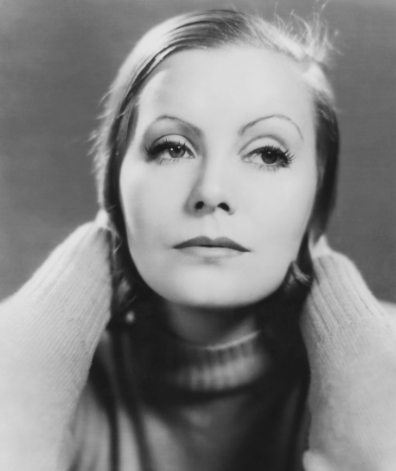

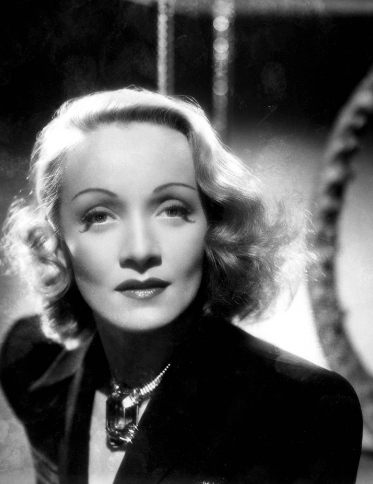




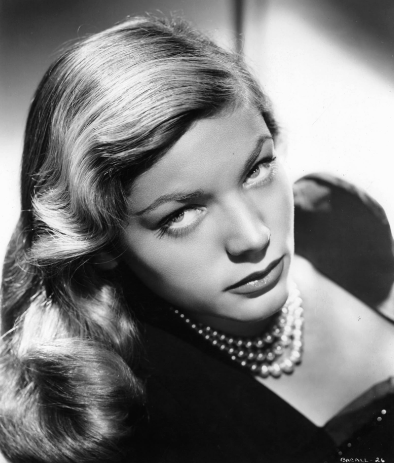


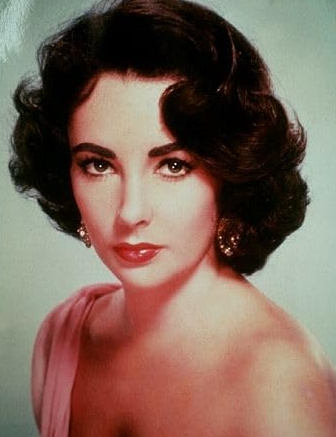

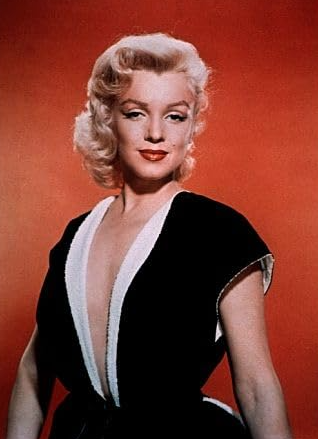









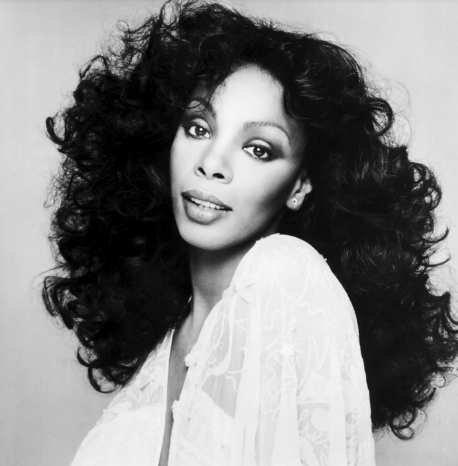

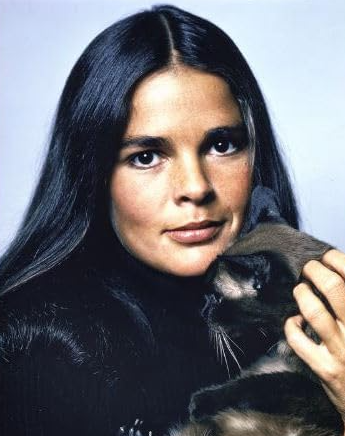














Comments